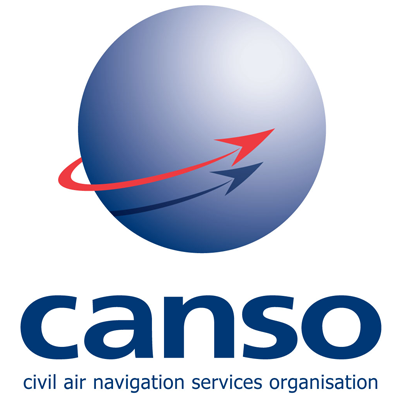CANSO agrees actions to transform Air Traffic Management globally
- Like
- Digg
- Del
- Tumblr
- VKontakte
- Buffer
- Love This
- Odnoklassniki
- Meneame
- Blogger
- Amazon
- Yahoo Mail
- Gmail
- AOL
- Newsvine
- HackerNews
- Evernote
- MySpace
- Mail.ru
- Viadeo
- Line
- Comments
- Yummly
- SMS
- Viber
- Telegram
- Subscribe
- Skype
- Facebook Messenger
- Kakao
- LiveJournal
- Yammer
- Edgar
- Fintel
- Mix
- Instapaper
- Copy Link
Posted: 7 March 2013 | CANSO | No comments yet
CANSO outlined a comprehensive series of actions to achieve seamless global airspace…


The Civil Air Navigation Services Organisation (CANSO) has outlined a comprehensive series of actions to achieve seamless global airspace. The actions are CANSO’s response to requests and proposals from leaders of the air transport industry made at the recent World ATM Congress in Madrid. CANSO has committed to take action in three broad areas: safety, operations and policy and to work with ICAO, States, regulators and industry partners to achieve them.
CANSO Director General, Jeff Poole, said: “CANSO was recognised as the global voice of air traffic management (ATM) by all the air transport industry’s leaders who came to Madrid to convey to CANSO as a partner what they expect from the ATM industry. The strong and consistent themes were enhancing performance and doing so by working together.
CANSO is committed to collaborating with its partners and stakeholders, listening to their needs, discussing their expectations and taking action to deliver specific and measurable goals. There was full and constructive debate in Madrid but we must now convert the talk, the requests and the proposals into actions and deliverables. At next year’s World ATM Congress, CANSO will be assessed against what we agreed to do this year. CANSO is well placed to be a major driver of change in the ATM industry and we are determined to deliver.”
Safety remains the industry’s number one priority. Many of CANSO’s initiatives will lead to further improved safety to match expected traffic growth. These include working with ICAO to create a framework for enhanced air navigation safety dialogue, cooperation and information exchange; considering the possible establishment of a CANSO safety certificate, which would include an evaluation and audit programme for air navigation service providers; and developing safety guidance to address the shared risks between controllers and pilots.
On Operations, CANSO will cooperate with ICAO and its industry partners across a range of specific operational issues to drive improvements in ATM performance. A particular priority is the harmonised use of airspace across States and regions with a consistent set of standards, rules, procedures and equipage.
CANSO will work with IATA/airlines on issues including: the implementation of ICAO’s Aviation System Block Upgrades (ASBUs); the further roll-out of Performance Based Navigation (PBN); and the implementation of ADS-B globally based on common standards.
It will collaborate with ACI/airports on: promoting and implementing Airport Collaborative Decision Making; helping airport operators to minimise noise at airports; and improving runway safety at airports.
And CANSO will cooperate with governments and their military so that civil traffic can make better use of military airspace leading to more efficient routing, lower costs and reduced emissions.
On Policy issues, CANSO will work with politicians, regulators and industry partners to overcome institutional and regulatory barriers to the global harmonisation of airspace, including the removal of excessive and redundant regulations; campaign to ensure that State sovereignty of airspace is not an obstacle to the progress of ATM harmonisation; and ensure improved delivery of the Single European Sky as well as other regional airspace initiatives in the Middle East, Asia Pacific, Africa and the Caribbean.
Jeff Poole added: “CANSO has committed to a comprehensive series of actions, with measurable deliverables, to improve the performance of ATM globally. Where actions lie with others, such as States, we will work with them to ensure positive outcomes. Transformation of the industry will take some time but at World ATM Congress 2014 we will report on the progress made and the achievements delivered over the coming year. Between now and then we will continue to work with ICAO, States, regulators and industry partners on the detailed steps needed to secure seamless global airspace through a safe, efficient, harmonised and cost-effective air traffic management system.”













